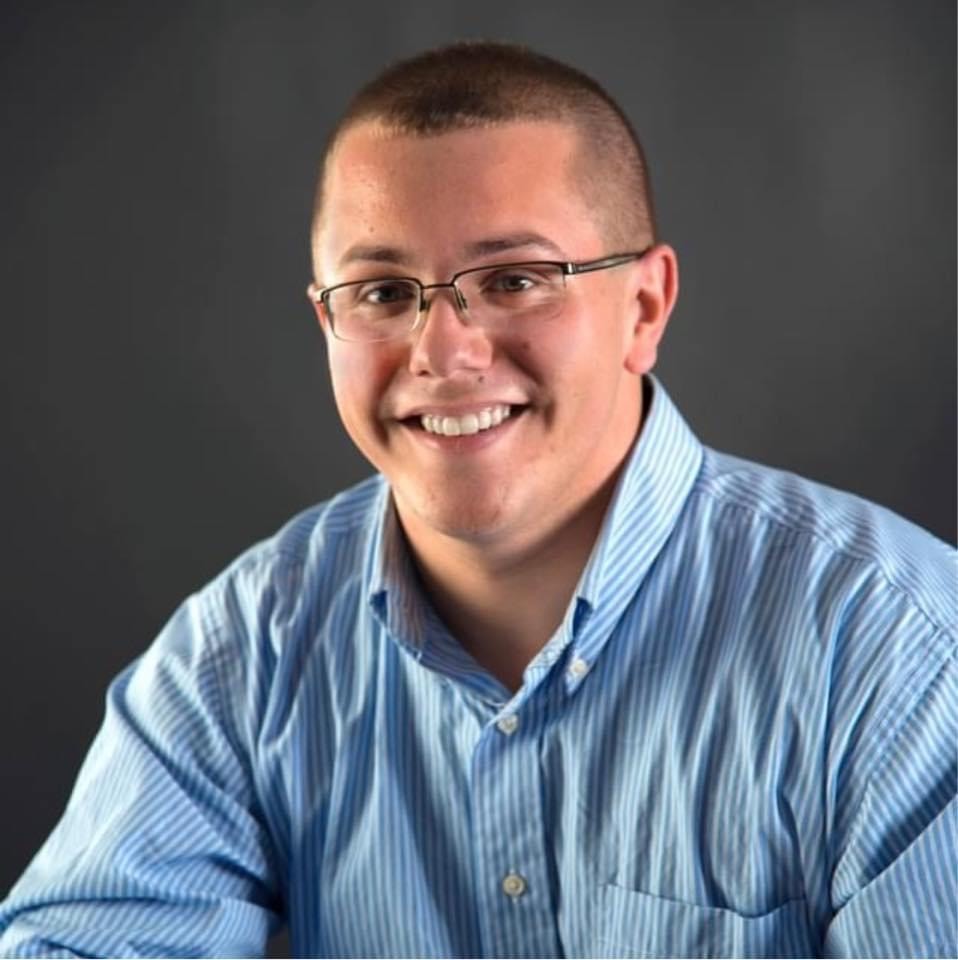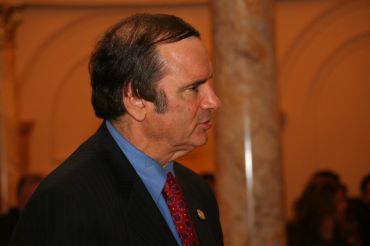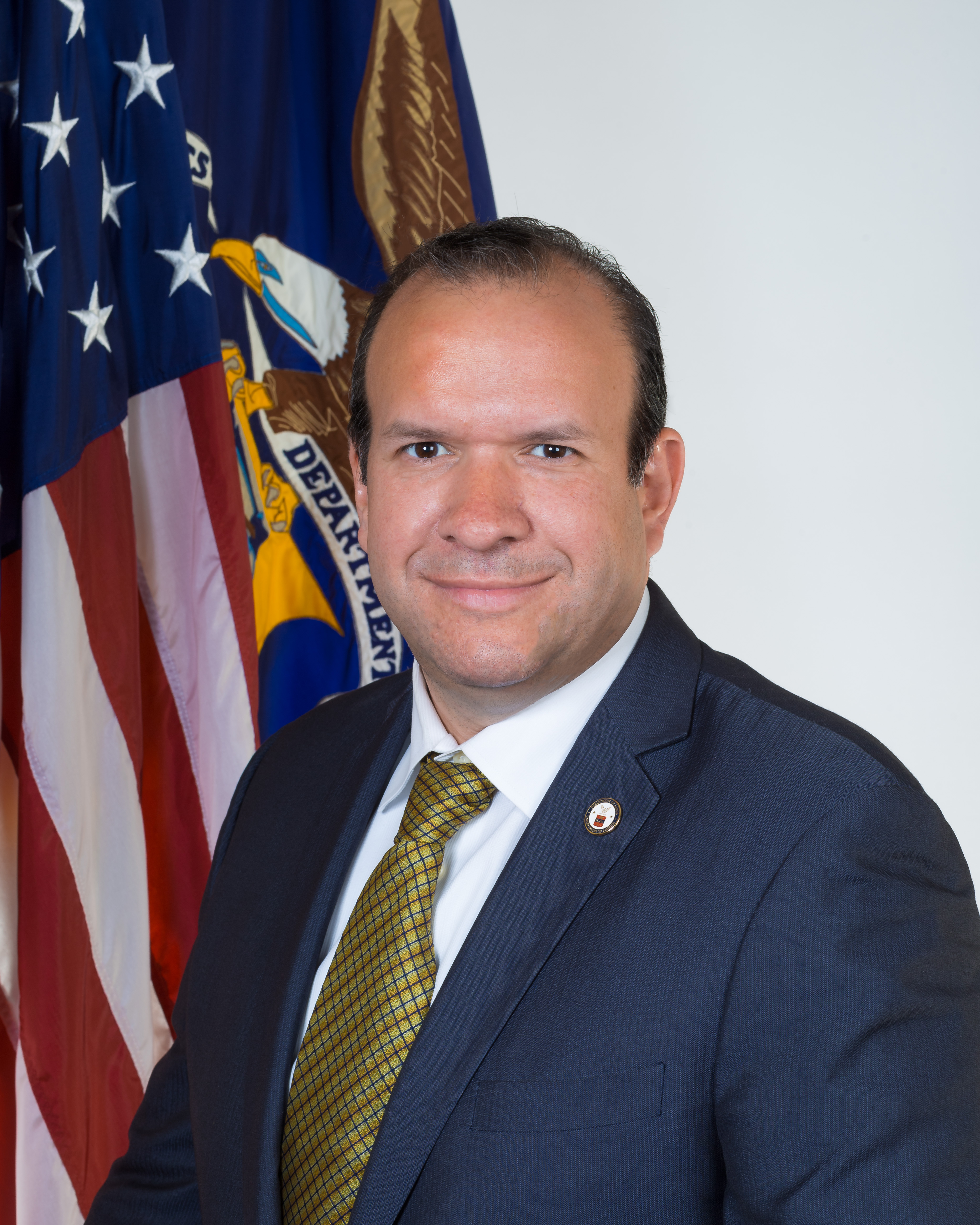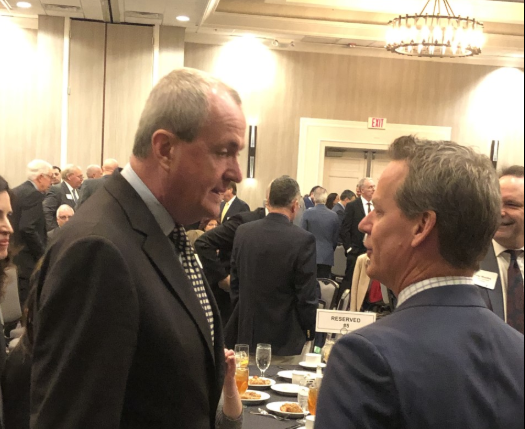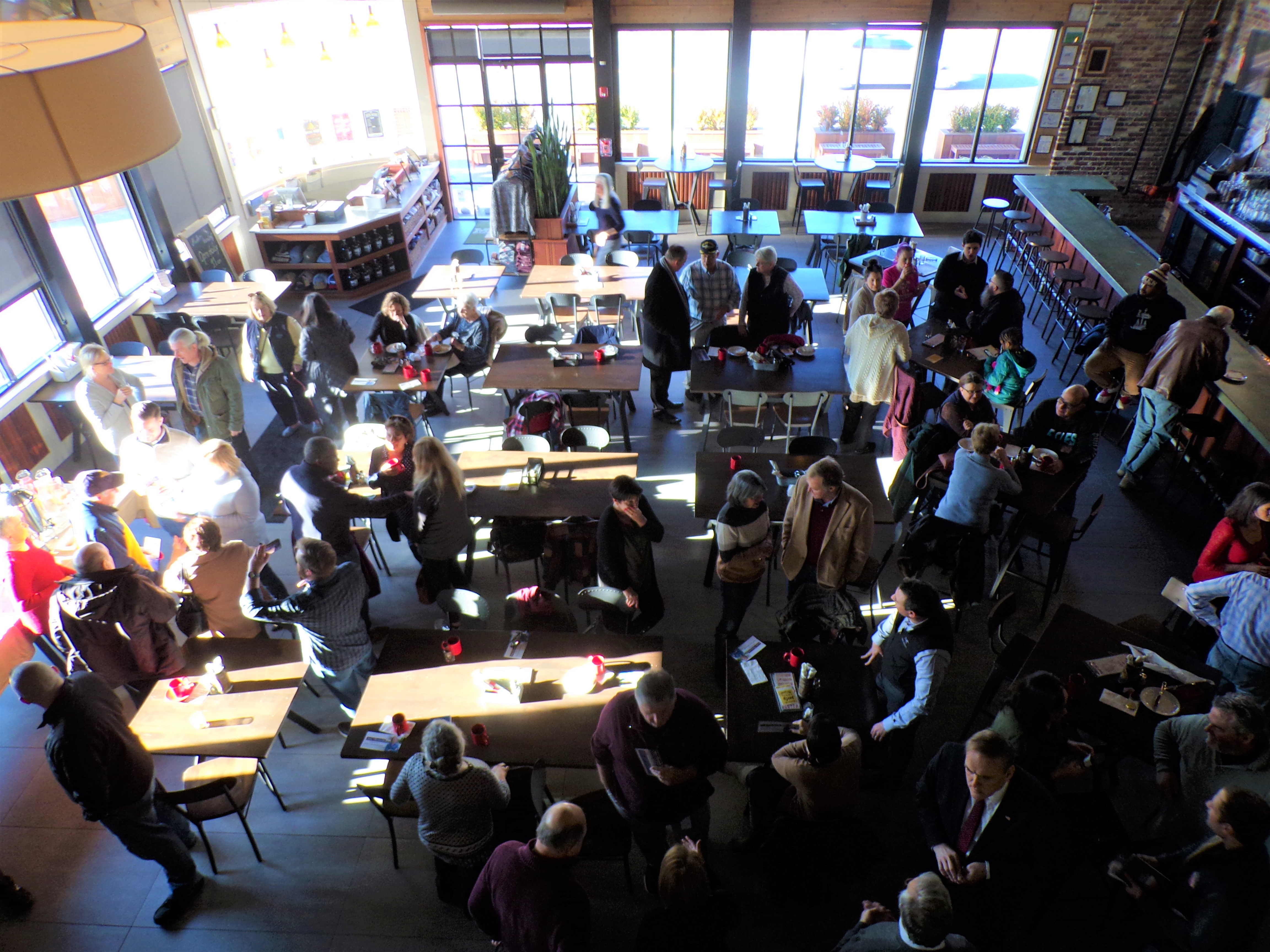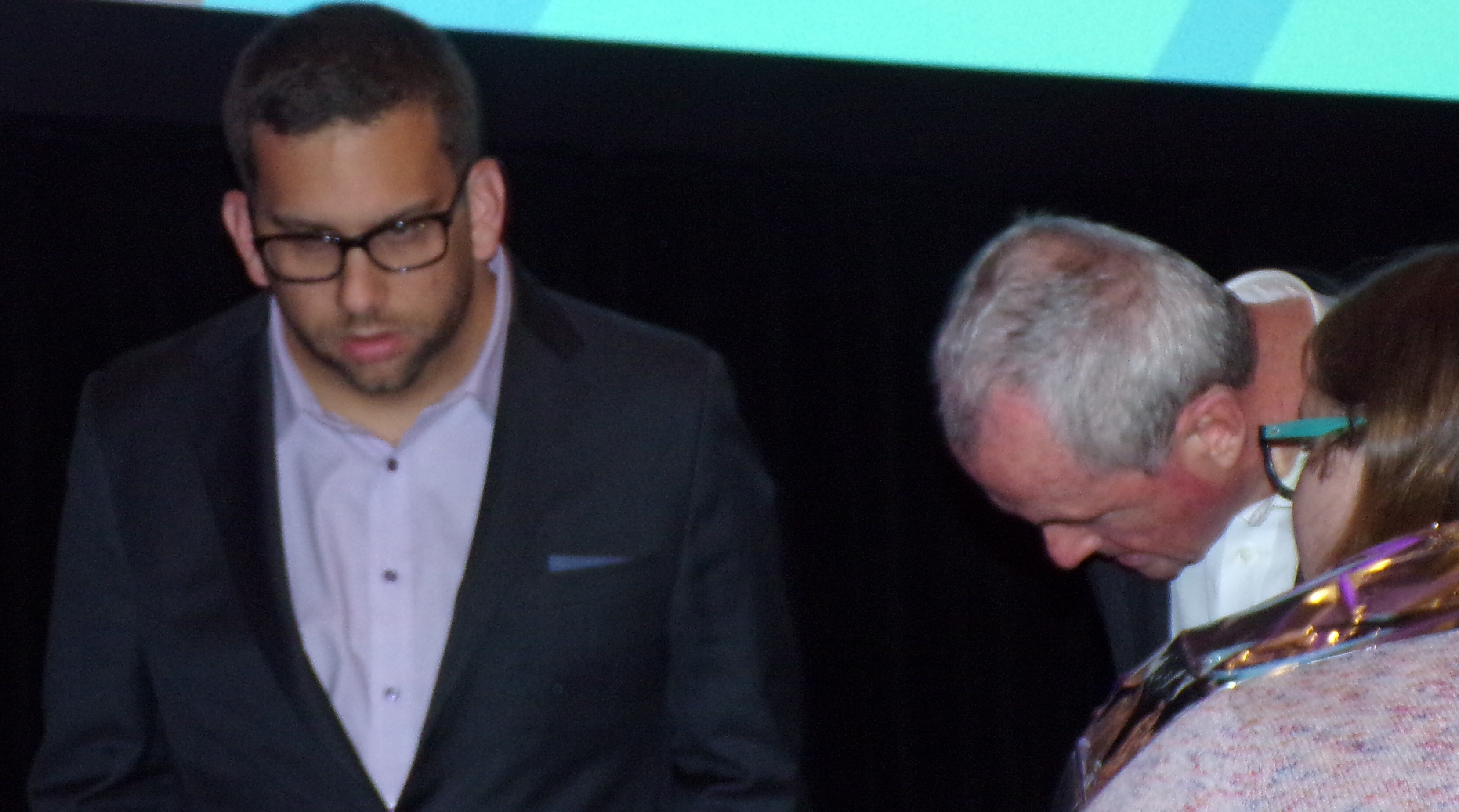Park Ridge is a borough in Bergen County, New Jersey, United States. Park Ridge had a population of 8,645 as of the 2010 United States Census, reflecting a decline of 63 (-0.7%) from the 8,708 counted in the 2000 Census, which had in turn increased by 606 (+7.5%) from the 8,102 counted in the 1990 Census.
Park Ridge was created as a borough by an act of the New Jersey Legislature on May 15, 1894, from portions of Washington Township, based on the results of a referendum held the previous day. The borough was formed during the “Boroughitis” phenomenon then sweeping through Bergen County, in which 26 boroughs were formed in the county in 1894 alone. Park Ridge obtained a portion of River Vale (July 15, 1929), exchanged portions with Woodcliff Lake (December 12, 1955), received part of Washington Township (November 26, 1956), exchanged portions with Hillsdale (February 10, 1958) and Woodcliff Lake (June 9, 1958) and received another part of Washington Township (August 11, 1958). The borough’s name derives from its location.
Park Ridge’s Pascack Historical Society Museum, at 19 Ridge Avenue, houses the world’s only wampum drilling machine. This wooden artifact was made in Park Ridge by the Campbell Brothers who invented a way to drill through long pieces of hair pipe shells so that they could be strung and worn as breast plates by the Plains Indians, among others. Needing water for the operation, the industrious brothers leased a woolen mill that stood on the Pascack Brook. When that burned down they built their own mill farther down Pascack Creek on their land another shop on Pascack Road near their homestead. Both building housed drilling machines on their second floors where they were safe from prying eyes, as the two machines had not been patented. In the early 19th century, John Jacob Astor purchased wampum from the Campbells to trade with the Native Americans of the Pacific Northwest whose beaver pelts he turned into men’s hats. The best years for the wampum business were between 1835 and 1866. The drilling machine can be seen at the Pascack Historical Society Museum on Wednesdays from 10 a.m. until noon and Sundays from 1-4 p.m.
As of the 2010 United States Census, there were 8,645 people, 3,283 households, and 2,351 families residing in the borough. The population density was 3,348.6 per square mile (1,292.9/km2). There were 3,428 housing units at an average density of 1,327.8 per square mile (512.7/km2). The racial makeup of the borough was 89.14% (7,706) White, 1.04% (90) Black or African American, 0.22% (19) Native American, 6.07% (525) Asian, 0.02% (2) Pacific Islander, 2.58% (223) from other races, and 0.93% (80) from two or more races. Hispanic or Latino of any race were 7.74% (669) of the population.
Source: Wikipedia


